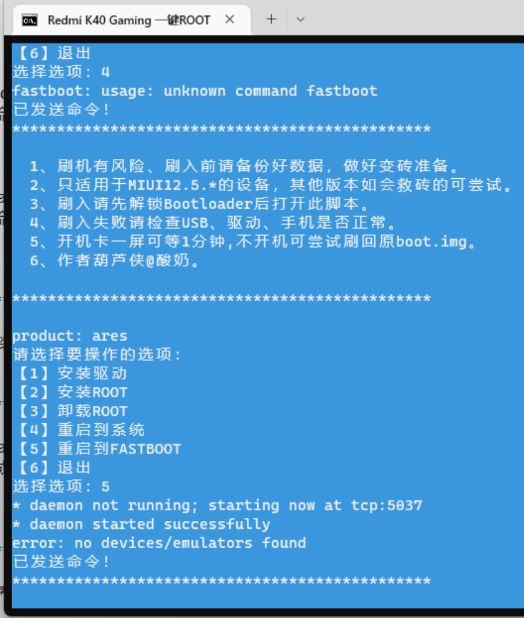
问题:
输入任何命令都显示
bash: xxxx: command not found...
解决方法:
其一:直接在linux命令行界面输入如下,然后回车(导入环境变量,以及shell常见的命令的存放地址):
(推荐教程:centos使用教程)
export PATH=/usr/local/sbin:/usr/local/bin:/sbin:/bin:/usr/sbin:/usr/bin:/root/bin
其二:如果系统所有命令都不能使用时,还可以使用绝对命令vi打开profile
/bin/vi /etc/profile
在系统的配置文件里添加环境变量地址
export PATH=/usr/local/sbin:/usr/local/bin:/sbin:/bin:/usr/sbin:/usr/bin:/root/bin
相关视频教程分享:centos使用教程
© 版权声明
文章版权归作者所有,未经允许请勿转载。
THE END
喜欢就支持一下吧
相关推荐


















